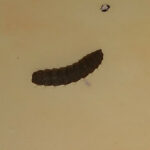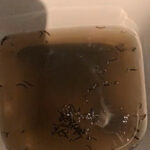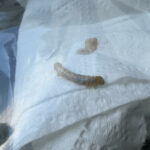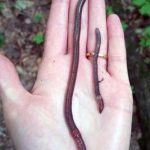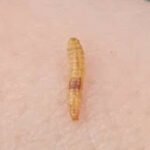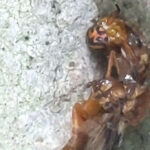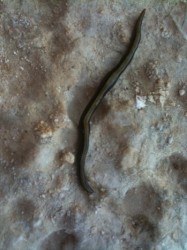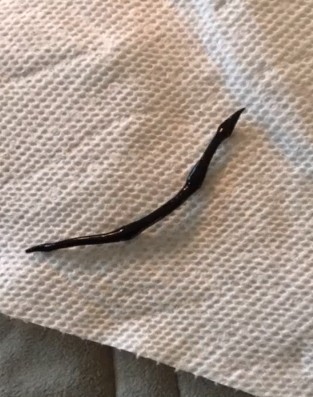“Arrow worms” is a common name that refers to the members of the phylum Chaetognatha. The term “arrow worms” is descriptive of these organisms’ appearance, which do indeed look a bit like arrows. This phylum is composed of predatory worms that live in marine environments. Many of these worms are types of plankton, which are broadly defined as drifting organisms that inhabit the pelagic zone of bodies of water. However, not all arrow worms are plankton, as many live in the benthic zone, which is the lowest level in a body of water. The pelagic zone where plankton are found, in contrast, is defined as any part of a body of water that is not near the shore or bottom.
Not only can arrow worms, which also go by their more scientific name “chaetognaths,” live in both benthic and pelagic zones, they can also live in any marine waters. Arrow worms can live in tropical waters and polar regions, in shallow tide pools and at the bottom of the sea. Given how many places arrow worms can live, one might suspect that the phylum Chaetognatha is very diverse, like the phylum Nematoda with its estimated 1,000,000 species of worms. However, nearly the reverse is true, as the phylum Chaetognatha has around only 120 species of worms. There are, however, an enormous number of chaetognaths in terms of individuals. There is no shortage of arrow worms in the world, at least not yet.
Most arrow worms are transparent or translucent (although some that live in the deep sea, interestingly, are orange) and are covered by a cuticle, a flexible but tough covering of an organism. Their bodies are broken into three different sections, a head, a trunk, and a tail. On the head, there are a number of hooked spines that are used for hunting. (Arrow worms are carnivorous, feeding on other plankton.) The trunk has one or two fins, somewhat similar in appearance to the fins you might see on a fish. These fins give chaetognaths their dart-like appearance. The tail of arrow worms is used for movement, which is accomplished by a swift undulating body motion. The fin on the tail helps with propulsion while the body fins assist with steering and stabilization. Arrow worms are simple creatures with no respiratory or circulatory systems, and they tend to be rather small, ranging from 2 millimeters to 120 millimeters.
Every type of chaetognath is hermaphroditic, as they carry both sperm and eggs. To reproduce, immature sperm are released into a tail cavity to mature, whereupon they move through a short duct to be packaged into a spermatophore. During the mating process, these spermatophores, which each arrow worm has, are placed on the necks of their partners. The sperm break out of the spermatophore, then swim along the midline of the worm until they reach pores near the tail. The pores lead to oviducts, wherein developed eggs reside, and it is in this location that fertilization takes place. The eggs are released and hatch, releasing a smaller version of an adult arrow worm into the ocean.
Those are the basics about the phylum chaetognatha, and what better place to conclude than the birth of new arrow worms?
All About Worms is always free, always reader-supported. Your tips via CashApp, Venmo, or Paypal are appreciated! Receipts will come from ISIPP Publishing.



